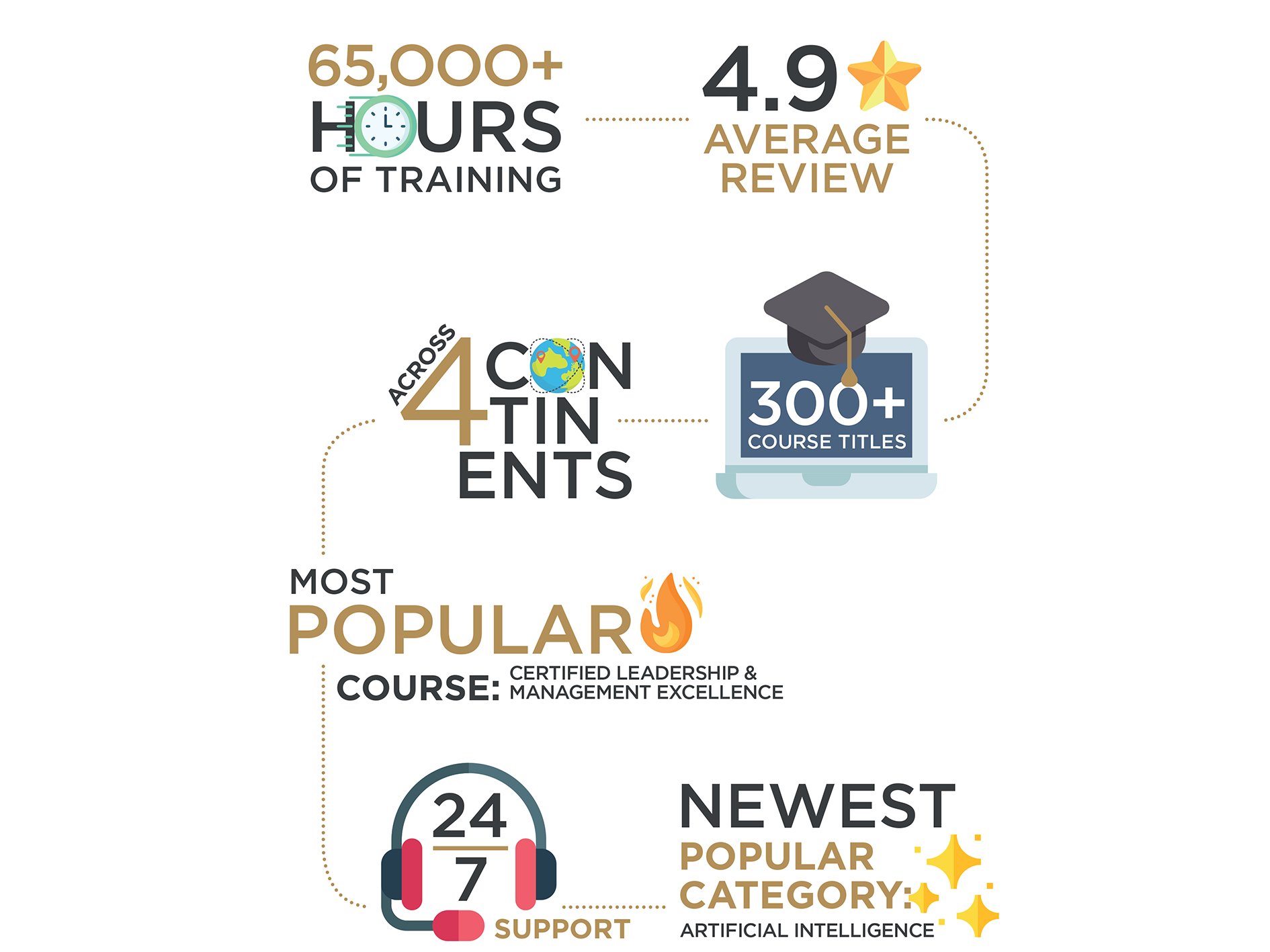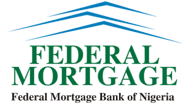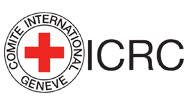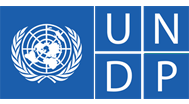Cost analysis is a fundamental tool for making informed financial and operational decisions in business. It involves evaluating various costs associated with running a business, investing in new projects, or managing daily operations. Through cost analysis, companies can optimise budgets, improve profitability, manage risks, and make proper marketing decisions.
This article explores:
-
Understanding Cost Analysis
-
Why Cost Analysis is Essential in Business Decisions
-
Types of Business Decisions Influenced by Cost Analysis
-
Cost Reduction Strategies
-
Challenges in Cost Analysis and How to Overcome Them
-
Understanding Cost Analysis
Cost analysis refers to the process of examining all expenses related to a business activity to determine the most efficient and cost-effective approach. It helps businesses understand their financial structure and identify areas for potential cost savings without compromising quality or performance.
There are several key components that define cost analysis. One of the most important distinctions is between fixed and variable costs. Fixed costs remain constant regardless of production levels, such as rent, salaries, and insurance. Variable costs, on the other hand, fluctuate based on production output, which includes expenses like raw materials, shipping, and utilities.
Another significant differentiation is between direct and indirect costs. Direct costs are those that can be directly attributed to the production of goods or services, such as labour and raw materials. Indirect costs, also known as overhead expenses, include administrative salaries, utilities, and other costs that support a business's overall operation.
-
Why Cost Analysis is Essential in Business Decisions
One of the primary benefits of cost analysis is its role in improving budgeting and forecasting. Businesses can allocate resources more efficiently and make more accurate predictions about future expenses and revenue by understanding the cost structure. This ensures that financial plans are aligned with business goals.
Cost analysis also plays a crucial role in enhancing profitability. By identifying cost-saving opportunities, businesses can reduce unnecessary expenditures, improve their overall financial performance, and maintain profit margins.
Risk management is another key benefit of cost analysis. Companies can prevent budget overruns by evaluating the financial risks associated with investments, expansions, or acquisitions. This proactive approach helps businesses maintain financial stability.
-
Types of Business Decisions Influenced by Cost Analysis
Cost analysis influences a wide range of business decisions, starting with pricing strategy. Setting the right price for products or services is the key to maintaining profitability while remaining competitive. It is important for the business to use pricing strategies that attract customers without compromising margins.
Investment decisions also rely on cost analysis. Before launching a new project, expanding operations, or acquiring another company, businesses must evaluate the financial feasibility of such investments.
Operational efficiency is another area where cost analysis proves valuable. Businesses can streamline operations and reduce unnecessary expenses by identifying waste and inefficiencies in processes. Such moves can include optimising supply chain management with the implementation of automation and renegotiating contracts with suppliers.
When it comes to product development, cost analysis helps businesses assess the feasibility and profitability of introducing new products or services. Companies should take the initiative to evaluate production costs, market demand, and pricing strategies in order to make more informed decisions about which products to develop and launch.
Finally, cost analysis plays a vital role in hiring and workforce management. For instance, balancing labour costs with productivity and revenue generation would ensure businesses maintain a sustainable workforce without overspending on salaries or underinvesting in talent.
-
Cost Reduction Strategies
Businesses must implement effective cost-reduction strategies to improve financial performance. One approach is leveraging technology and automation to increase efficiency. By automating repetitive tasks and optimising workflows, companies can reduce labour costs while improving productivity.
Outsourcing non-core functions is another effective cost-saving measure. Many businesses outsource services such as customer support, IT management, and logistics to reduce operational expenses.
Additionally, negotiating better contracts with suppliers can also lead to significant cost savings. By establishing long-term partnerships or bulk purchasing agreements, businesses can secure lower prices and reduce procurement costs.
Adopting lean management practices also helps eliminate waste, improve efficiency, cut unnecessary expenditures and enhance overall performance.
-
Challenges in Cost Analysis and How to Overcome Them
Despite its benefits, cost analysis comes with several challenges. One common pitfall is overlooking hidden costs. Many businesses fail to account for indirect or long-term expenses, leading to inaccurate financial projections. To avoid this, companies should conduct detailed cost breakdowns and ensure all expenses are considered.
Relying on outdated data is another reason for making poor decisions. Since market conditions and business operations change over time, up-to-date financial data and regular financial audits can help maintain data accuracy and reliability.
To overcome these challenges, businesses can implement solutions such as leveraging technology for real-time cost tracking. Furthermore, training employees in cost management strategies ensures that teams understand the importance of cost control and apply best practices effectively.
Cost analysis is a powerful tool that helps businesses make informed financial decisions, optimise operations, and maintain a competitive edge. If you are interested in learning more, join London Training for Excellence's Cost Analysis training programme today.
Written by London Training for Excellence Team
About the author:
The author is a passionate advocate for continuous learning and professional development. With a rich background in training and consultancy, the author had the privilege of working with diverse industries across the globe, helping professionals sharpen their skills and excel in their careers.
All Courses
 Business Administration
Business Administration
 Chemical Engineering
Chemical Engineering
 Communications and Public Relations (PR)
Communications and Public Relations (PR)
 Compliance and Legal
Compliance and Legal
 Contract and Project Management
Contract and Project Management
 Customer Experience and Relationship Management
Customer Experience and Relationship Management
 Energy and Sustainability
Energy and Sustainability
 Finance and Accounting
Finance and Accounting
 Health, Safety and Environment
Health, Safety and Environment
 Human Resources and Talent Development
Human Resources and Talent Development
 Industrial Manufacturing and Production
Industrial Manufacturing and Production
 Innovation and Artificial Intelligence (AI)
Innovation and Artificial Intelligence (AI)
 Leadership and Management
Leadership and Management
 Oil and Gas
Oil and Gas
 Procurement & Supply Chain Management
Procurement & Supply Chain Management
 Quality and Productivity
Quality and Productivity
 Retail and E- Commerce
Retail and E- Commerce
 Sales and Marketing
Sales and Marketing
 Sports Event Management and Operations
Sports Event Management and Operations
 Strategy and Business Planning
Strategy and Business Planning
 Sustainability and CSR
Sustainability and CSR
Learning Solutions
iLearn Blog
About Us
 Directory Calendar
Directory Calendar
 Contact Us
Contact Us
All Courses
 Business Administration
Business Administration
 Chemical Engineering
Chemical Engineering
 Communications and Public Relations (PR)
Communications and Public Relations (PR)
 Compliance and Legal
Compliance and Legal
 Contract and Project Management
Contract and Project Management
 Customer Experience and Relationship Management
Customer Experience and Relationship Management
 Energy and Sustainability
Energy and Sustainability
 Finance and Accounting
Finance and Accounting
 Health, Safety and Environment
Health, Safety and Environment
 Human Resources and Talent Development
Human Resources and Talent Development
 Industrial Manufacturing and Production
Industrial Manufacturing and Production
 Innovation and Artificial Intelligence (AI)
Innovation and Artificial Intelligence (AI)
 Leadership and Management
Leadership and Management
 Oil and Gas
Oil and Gas
 Procurement & Supply Chain Management
Procurement & Supply Chain Management
 Quality and Productivity
Quality and Productivity
 Retail and E- Commerce
Retail and E- Commerce
 Sales and Marketing
Sales and Marketing
 Sports Event Management and Operations
Sports Event Management and Operations
 Strategy and Business Planning
Strategy and Business Planning
 Sustainability and CSR
Sustainability and CSR
Learning Solutions
iLearn Blog
About Us
 Directory Calendar
Directory Calendar
Contact Us














































 Course Venue
Course Venue